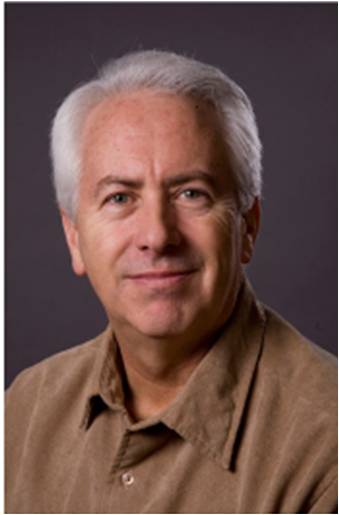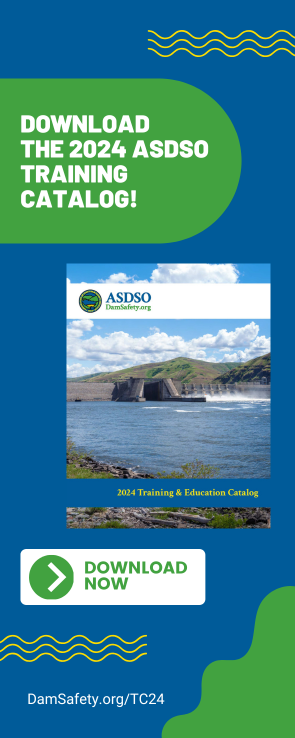
3-D Effects on Estimation of Gradients, Seepage Flows and Evaluation of Internal Erosion Potential Failure Modes: Download
- Registration Closed
This webinar will present the results of 2-D and 3-D numerical evaluations of seepage conditions around a developing piping defect. An updated model similar to the first 3-D numerical model performed at the University of Florida beginning in about 1980 (Townsend, 1981) will be presented to illustrate the importance of 3-D influences on estimated seepage gradients, seepage flows and the evaluation of potential internal erosion potential failure modes. The updated numerical models were developed using the computer code SVFlux. One of the benefits of this program is an automatic remeshing routine that provides for more accurate estimation of seepage gradients in areas of seepage concentration such as at a discharge defect (influence on initiation processes), or as a pipe continues (progresses) in an upstream direction toward the reservoir or water source. A simplified method of estimating 3-D influences on gradients and flow quantities will be presented that will allow practitioners to evaluate a number of different shapes and sizes of dam and levees.
Key takeaways from participating in this webinar include:
Importance of 3-D effects on assessment of seepage safety.
Better understanding of internal erosion and related potential failure modes.
Increased understanding of some of the history of seepage research.
Software for 2-D and 3D seepage evaluations.
Use of judgment in assessing seepage issues and risk assessment.

Keith A. Ferguson, P.E.
National Practice Leader, Dams and Hydraulic Structures, HDR Engineering, Inc.
Mr. Ferguson is a senior dam safety and geotechnical engineer with over 35 years of experience in the assessment, design and construction of embankment, rockfill, and roller compacted concrete dams. Mr. Ferguson has previously been an instructor for a number of ASDSO training programs including Rehabilitation of Dams, and Stability Evaluation of Embankment and Concrete Dams, along with an advanced technical seminar on Seepage for Earth Dams. He holds both BS and MS degrees from the University of Colorado at Boulder with emphasis in geotechnical engineering, and is a registered professional engineer in 18 states.


